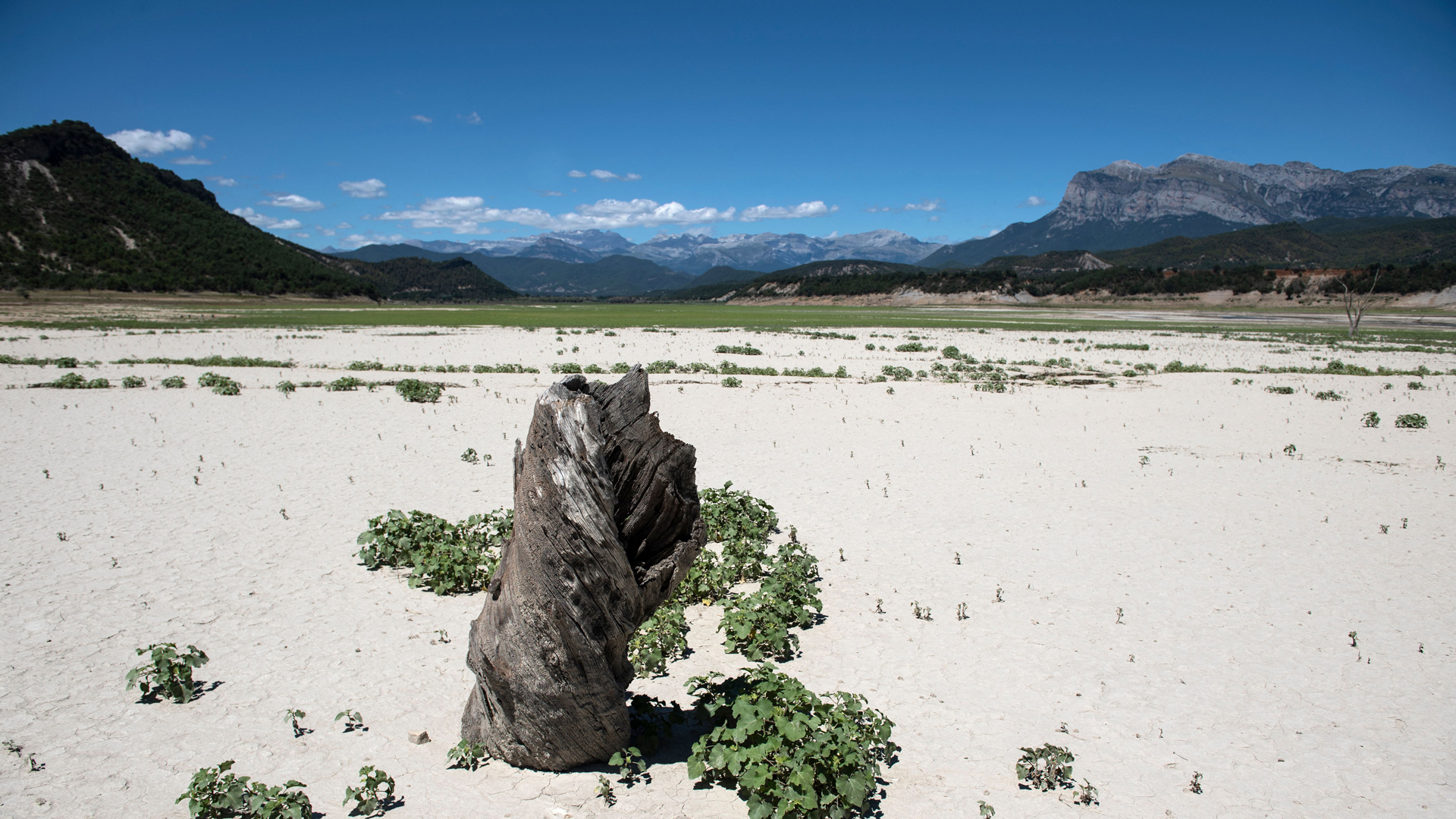
Removing carbon from Earth's atmosphere may not reverse devastating changes to weather patterns in vulnerable areas, a new study suggests.
In the study, Korean researchers simulated how removing large quantities of the greenhouse gas carbon dioxide from the air might affect the progress of local climate changes related to global warming. The study, based on computer modeling, examined a hypothetical scenario, in which carbon dioxide concentrations continued to rise from present-day levels for 140 years, then were gradually reduced back to the initial levels over another 140-year period.
The researchers were particularly interested in how these changes would affect vulnerable subtropical regions, which are known to suffer from more intense and more frequent droughts as climate change progresses.
Related stories: 10 devastating signs of climate change satellites can see from space
The study results suggest that the local climate in these areas would not return to normal for more than 200 years after the carbon dioxide concentrations drop. The Mediterranean region, for example, plagued by ever more severe heatwaves, droughts and wildfires, would continue to suffer and could become even drier, the study found.
In the study, the researchers modeled the changes to the air circulation pattern called the Hadley Cell, which transports moisture from the equatorial regions toward the tropics of Cancer and Capricorn, which lie at about 23.5 degrees north and south of the equator, respectively. Scientists have known for years that the Hadley Cell circulation responds to climate change by expanding toward the poles. The humid air that rises from around the equator gets dumped back to Earth at higher and higher latitudes, causing worsening droughts in subtropical regions.
The modeling done by the Korean team found that when carbon dioxide is removed from Earth's atmosphere, the Hadley Cell doesn't recover its original shape and extent even after another 220 years. In the Northern Hemisphere, the area where moisture arrives from tropical regions moves closer to the equator, a shift that could make the Mediterranean region drier than it is today. In the Southern Hemisphere, on the other hand, the cell remains slightly expanded toward the South Pole, possibly altering precipitation patterns over Australia.
Study lead author Seo-Yeon Kim told Space.com that the unpredictable recovery of the crucial atmospheric circulation pattern has to do with the response of the global ocean to the decrease in temperatures prompted by the carbon dioxide removal.
"One of the main reasons for this asymmetrical response [of the Hadley Cell] is the different response of the northern and southern oceans," said Kim, a postdoctoral researcher at the Department of Earth and Environmental Science at Seoul National University in South Korea. "It's related to ocean circulation. The response of the ocean is always slower than the removal of the carbon dioxide, and how fast the ocean responds then determines the recovery of the Hadley Cell."
In the study, the team used current carbon dioxide levels as a starting point and modeled a scenario in which concentrations by a factor of four before being brought back to the base level. They didn't model a return to the levels that were common in pre-industrial times, before humans began burning fossil fuels.
According to the U.S. National Oceanic and Atmospheric Administration (NOAA), concentrations of carbon dioxide rose to 421 parts per million in 2022, more than 50% above the preindustrial era concentrations. Current concentrations of carbon dioxide are even higher than those of the Pliocene Climatic Optimum, a warm period in Earth's history some 4.5 million years ago when sea levels were up to 82 feet (25 meters) higher than they are today, according to NOAA.
Despite the warnings of climatologists and political pledges at international conferences, the world still lags behind the greenhouse gas emission reduction targets needed to curb the progress of global warming. The developments are prompting calls that other climate interventions, including active carbon removal, will be necessary to prevent the planet from crossing dangerous warming thresholds.
There are various ways to remove carbon dioxide from Earth's atmosphere, ranging from early-stage technologies that suck the warming gas from the air and sequester it in artificial stone to more natural interventions involving reforestation or fertilizing parts of the ocean to promote the growth of algae.
Developments around the globe already suggest that climate change is getting out of hand, with Antarctica seeing an unprecedented low sea ice extent during its peak winter period this year, extreme heat waves plaguing parts of Europe and North America and unusually high temperatures in the Atlantic Ocean.
Kim, however, cautions that the modeling results show that, while carbon removal might reduce temperatures, environmental changes caused by the warming may continue to affect millions of people in vulnerable regions even centuries later.
"I think that the main message of our study is that we should reduce carbon dioxide emissions now, because afterwards it gets really difficult," she said. "We cannot control nature, we cannot reverse the consequences that easily; we cannot fix nature."
The study was published in the journal Science Advances on Wednesday (July 26).







